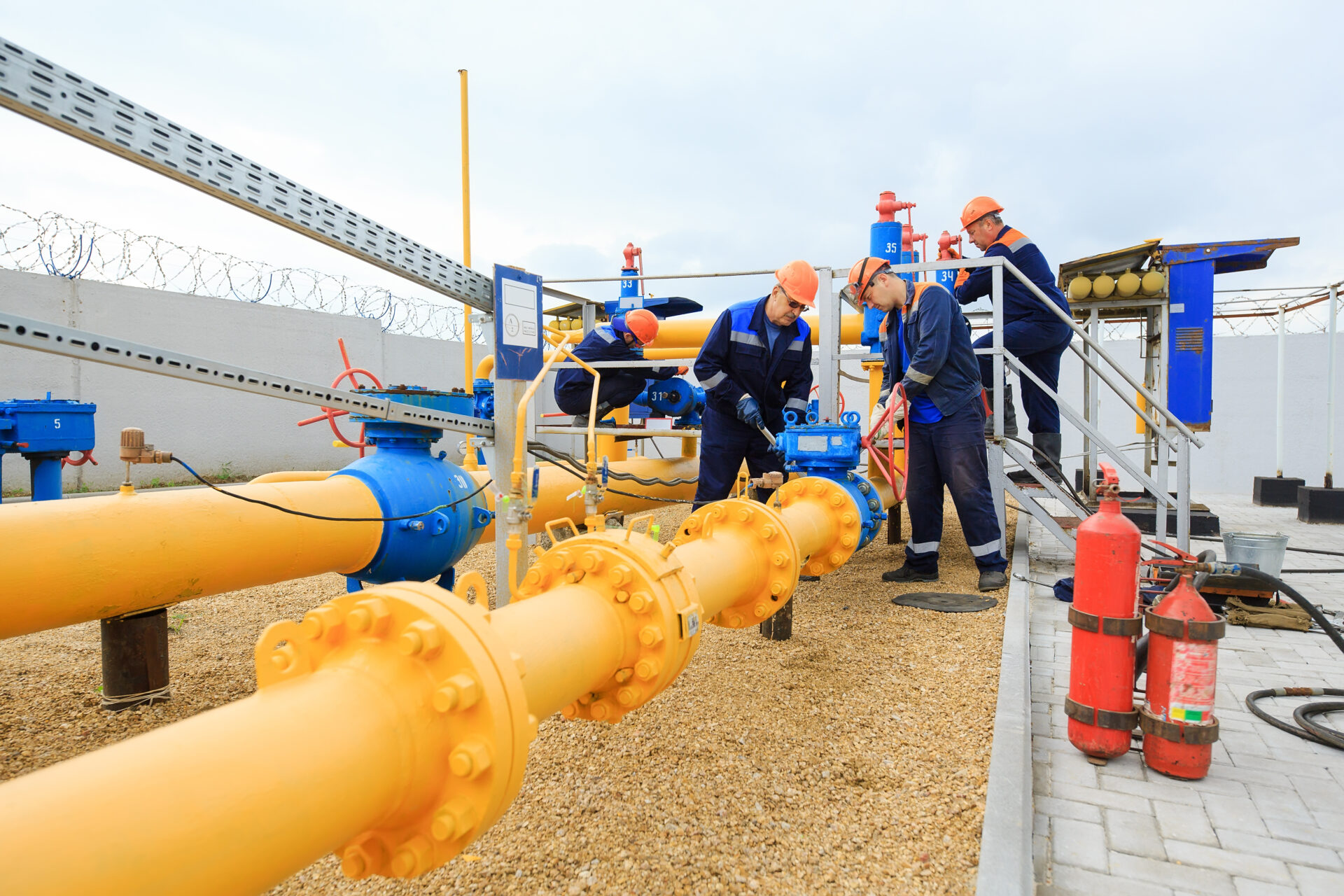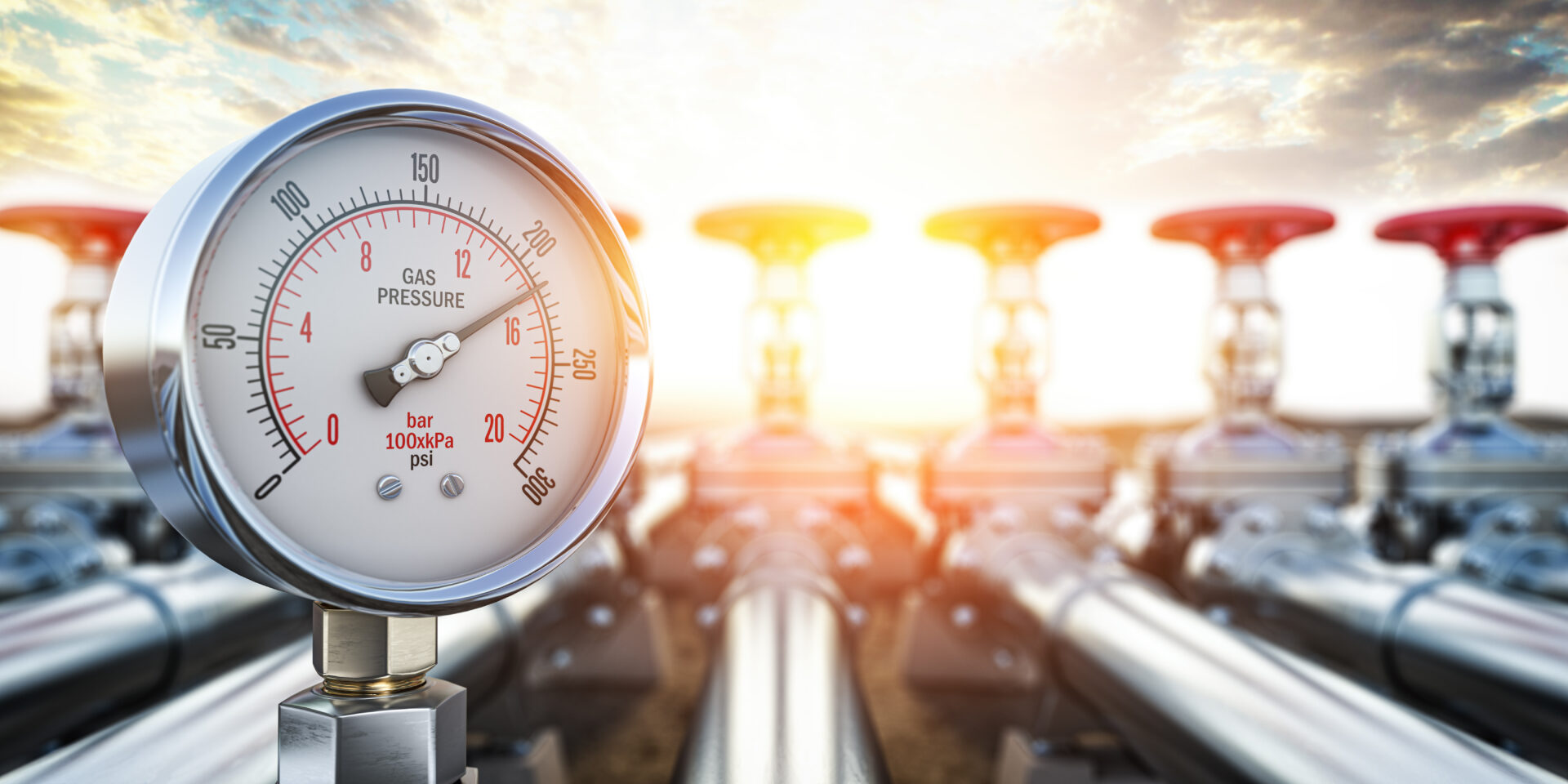Your heating system plays a significant role in keeping your home warm and comfortable, particularly during the colder months.
While there are several options for heating systems, most homeowners still prefer natural gas to fuel their furnace systems or boiler. That said, natural gas is distributed throughout your home via a complex network of pipes.
In this article, you’ll learn more about gas piping—the parts, workings, and different materials used.
Table of Contents
Gas Piping: What Exactly Is It?
Gas piping or gas line refers to a network of pipes running throughout your home that carries natural gas from the supply to your heating system. The gas is transported via the pipeline under high pressure, so it should be kept at a freezing temperature.
Due to its complexity, only a professional should install or repair gas piping. If you live in Queensland, Australia, you can try Dan’s Plumbing and similar services to work on your natural gas piping.
If you suspect a gas leak, it’s important to take immediate action and replace the gas pipe as soon as possible. You may want to consider purchasing a replacement from Kpipe.
Components Of A Gas Line System
A gas line system consists of several components. These include:
Pipes
Pipes are tubes used to transport natural gas. These pipelines are often buried underground but can also be installed above ground. In general, there are two types of pipelines—transmission pipelines and distribution pipelines.
Transmission pipelines are bigger pipes carrying natural gas from the production fields to the local distribution networks. In contrast, distribution pipelines are smaller pipes delivering gas to residential and commercial properties.
Pipe Fittings
Fittings are used to join two or more pipes together. Several types of gas pipe fittings include tees, reducers, and elbows.
Regulators
These components are used to control gas pressure in the pipeline. As with pipelines, regulators have two types: primary regulators, located at the gas source, and secondary regulators, placed near the consumer.
Valves
Gas pipe valves control the flow of gas throughout the pipelines. Several types of valves are used in piping, including gate valves, globe valves, and check valves.
Metres
This component measures the amount of gas delivered to your home. Generally, there are two types of metres to measure the gas you receive—thermal and volumetric gas flow metres. A thermal gas flow metre measures the mass flow rate of gas, while a volumetric gas flow metre measures the volume of gas delivered.

Maintenance of the gas pipeline. A specialist checks the gas pipeline
How Does It Work?
A gas piping system relies on pressure to deliver natural gas to your home. Natural gas flows from higher pressure to lower pressure, travelling along a highway-like network of pipes to end up in distribution pipelines to bring it into your home.
Natural gas passes through the pressure regulator to control its pressure before entering your home. From there, branch lines run throughout your home, each serving specific appliances. A branch line ends in a vertical pipe, known as a drop line, that’s connected to the appliance.
Types Of Gas Piping Material
Gas pipes are available in various materials, each with pros and cons. Take note that some utilities may prohibit the use of specific materials. So, if you’re considering installing a new gas line, check with your local provider to determine what is allowed in your area.
Polyethylene (PE)
PE gas pipes are commonly used in the natural gas sector. Made of high-density plastic, PE gas pipes have a smoother interior surface, reducing friction and corrosion. PE gas pipes are also known for their flexibility and lightness, making them easier to install. They also come with a high strength-to-weight ratio, making them highly resistant to damage from stress or impact. That said, PE pipes have a lower pressure rating, and thus, not suitable for high-pressure applications.
Flexible Corrugated Stainless-Steel Tubing (FCSST)
Flexible and easy to install, this type of gas piping material is an excellent option for tight areas or those with limited spaces. It’s also a preferred option for locations prone to natural disasters.
While its flexibility can help minimise damage, this type of gas piping material tends to crack over time. Thus, it’s best to use it for indoor pipes only.
Black Iron
In terms of gas piping, black iron is one of the most durable types of material you can find. It can be used for exterior and interior gas piping and is highly resistant to heat.
That said, black iron isn’t very flexible, making it difficult to install. Over time, it can corrode and deteriorate. You’ll want to hire a professional to schedule routine maintenance to keep your gas pipes made of black iron in good condition.
Galvanised Steel
A durable and energy-efficient option, galvanised steel has a high tolerance for mechanical stress and is less likely to fracture or deform, even under significant pressure. This type is also known for its high corrosion resistance, making it ideal for outdoor applications where it may be exposed to snow, rain, and other elements.
That said, galvanised steel gas pipes tend to be quite heavy, making them challenging to install in overhead areas.
Takeaway
The efficiency and reliability of natural gas make it one of the most popular energy sources, particularly in colder areas. Whether you’re building a new home, renovating your place, or upgrading your gas appliances, we hope this article has provided you with the necessary information about your gas pipes and overall system.





